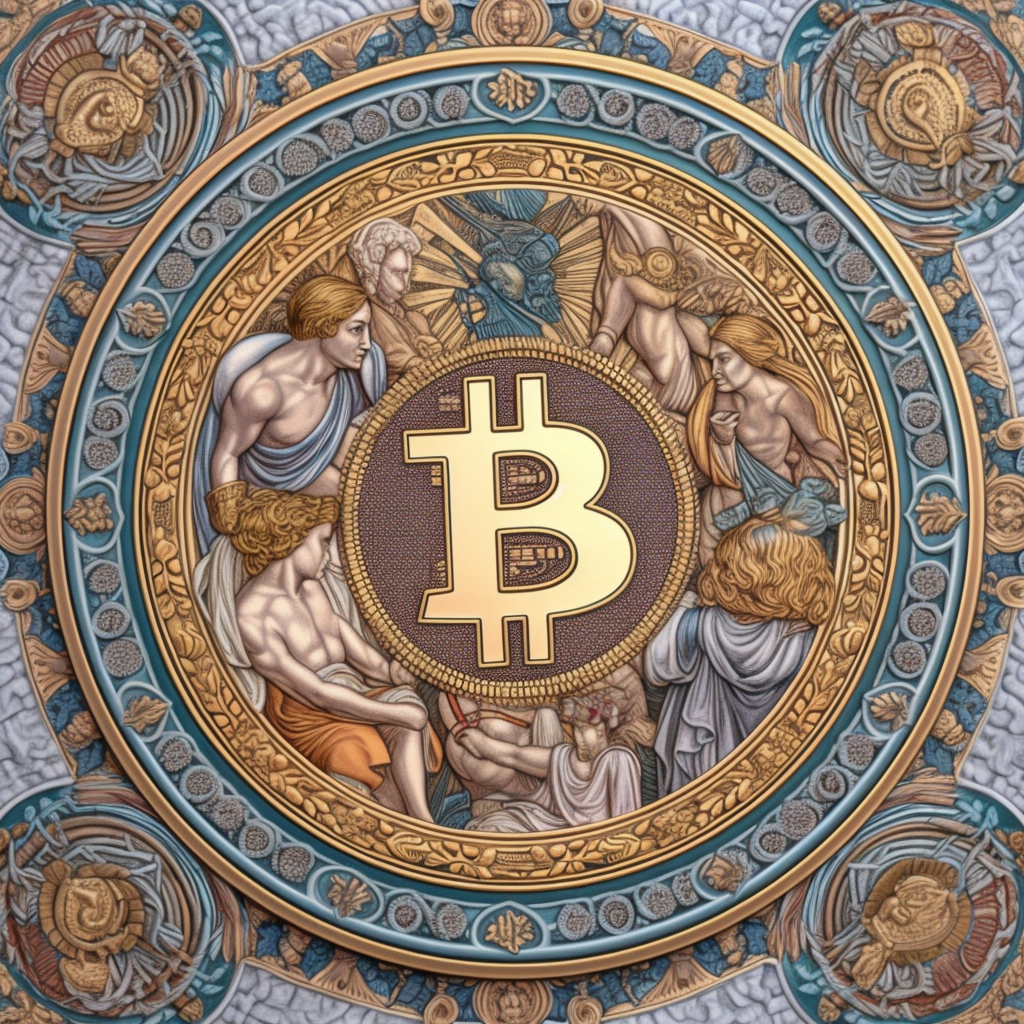
2 minute read
THE DEBAUCHERY OF CURRENCY - A Bloody History of Money
A BLOODY HISTORY OF MONEY
One frequently quoted passage from Keynes is that, “the best way to destroy the capitalist system [is] to debauch the currency.” The phrase was dubiously attributed to Vladimir Lenin by Keynes, perhaps because he agreed with the sentiment or perhaps because he hated Lenin. Regardless of who said it, they were not necessarily wrong.
Advertisement
Most of what you know, or think you know, about money and the economy can be attributed to British economist John Maynard Keynes. Keynesian economics has been influential in shaping government economic policy in many countries since the 1930s. The basic principles include the use of fiscal policy, such as government spending and taxation, to manage economic demand and stabilize the economy, and the use of monetary policy, such as setting interest rates, to manage inflation and economic growth.
“... There is no subtler, no surer means of overturning the existing basis of society than to debauch the currency. The process engages all the hidden forces of economic law on the side of destruction, and it does it in a manner which not one man in a million is able to diagnose.”
Regarding bad monetary policy, Keynes poignantly observed that “the process engages all the hidden forces of economic law on the side of destruction.” That is not hyperbole. The history of money is the history of war, bloodshed, revolt, and strife. The two are inseparable. While it was not the original intention of this book to highlight the violent history associated with money, it was inescapable. Each causes the other to come into being, evolve, bloom, then collapse in a heap of ash and blood.










